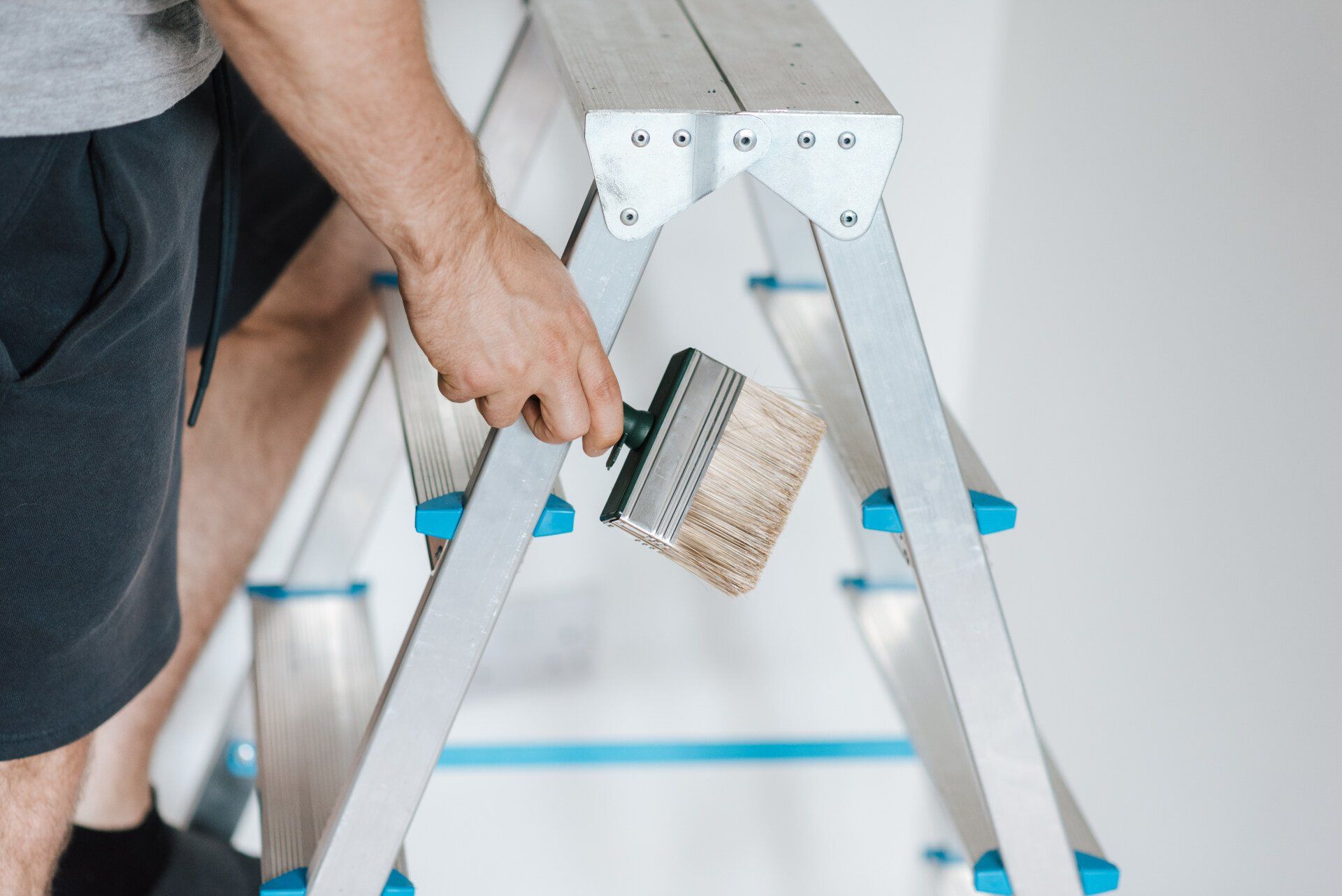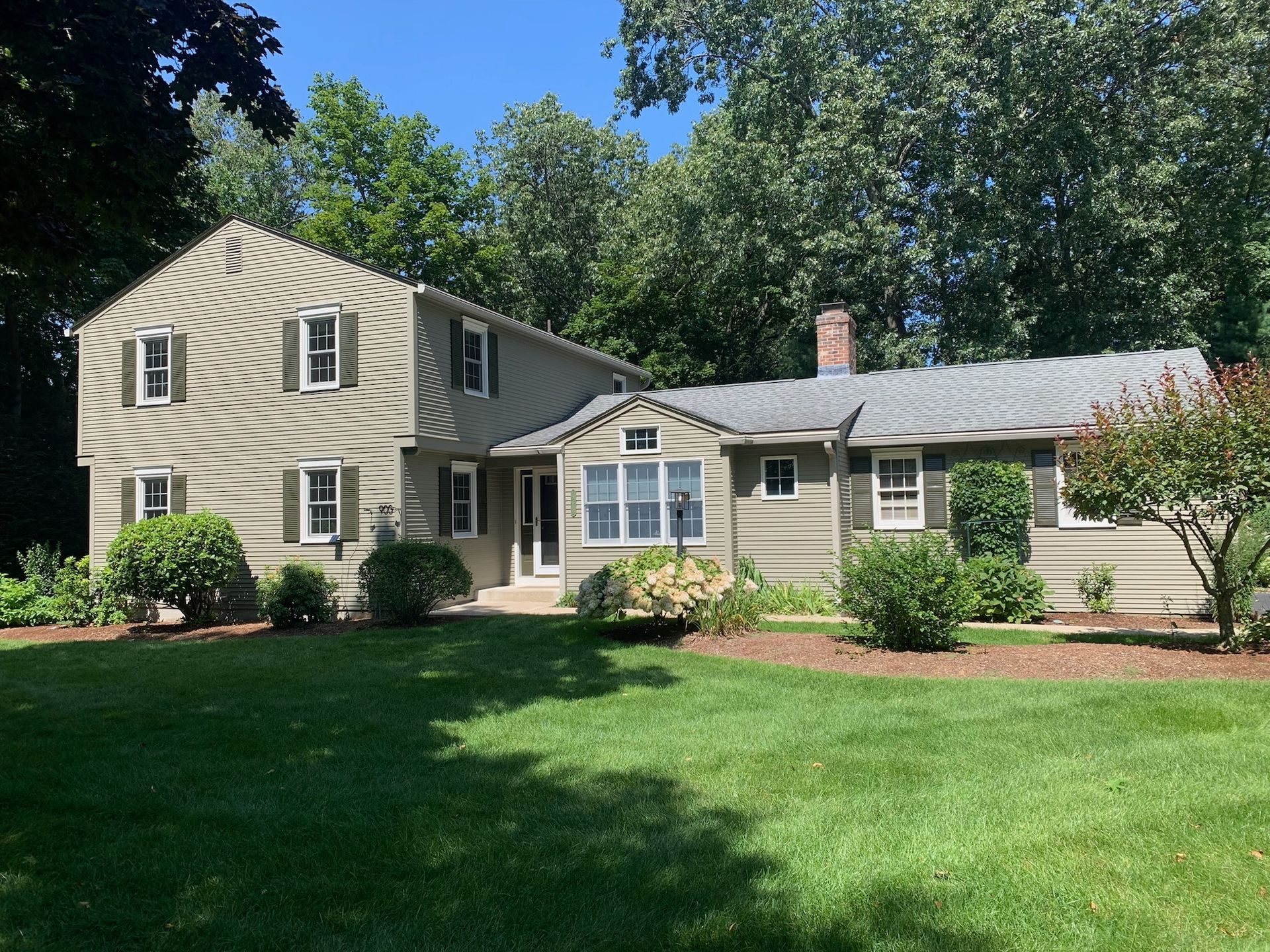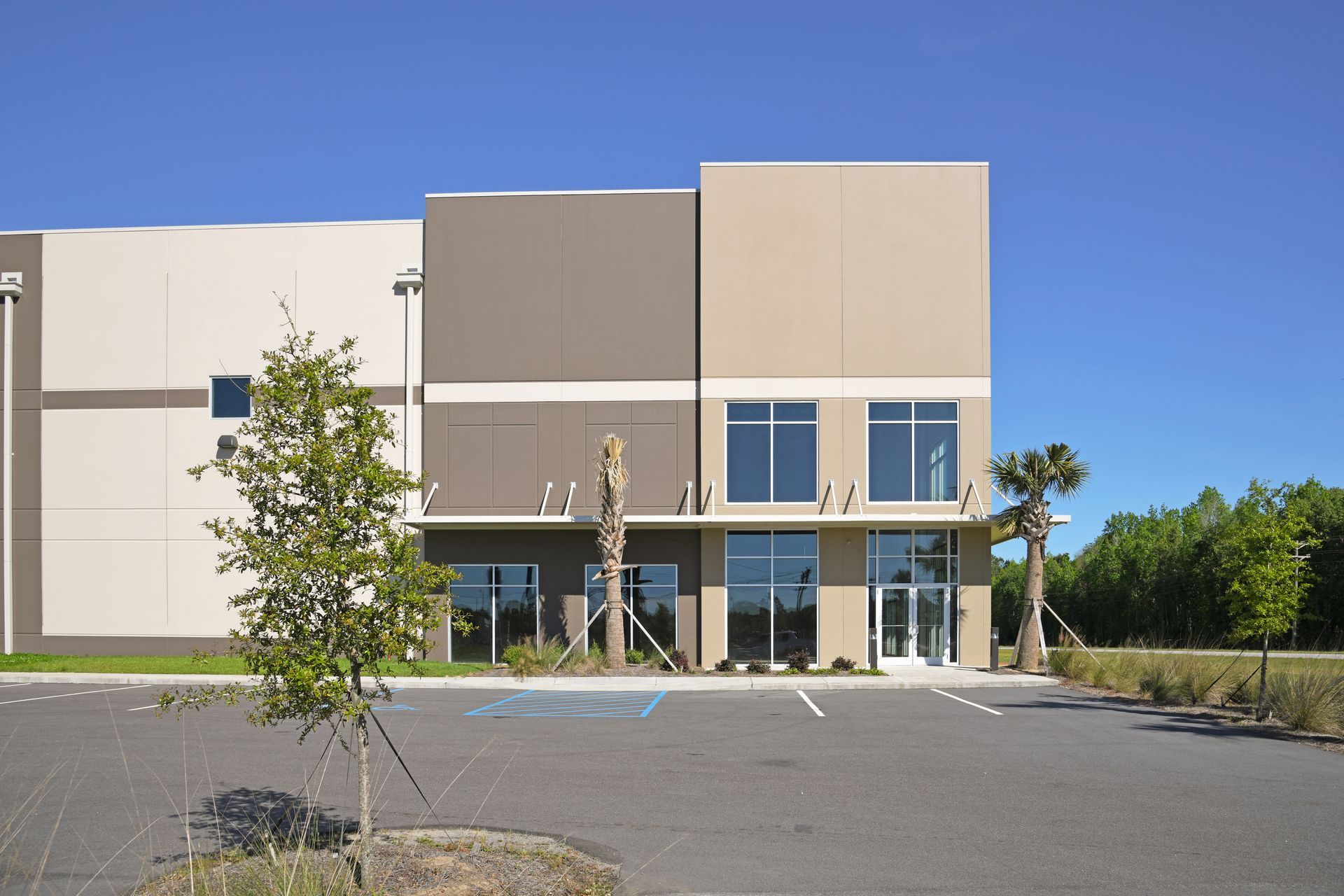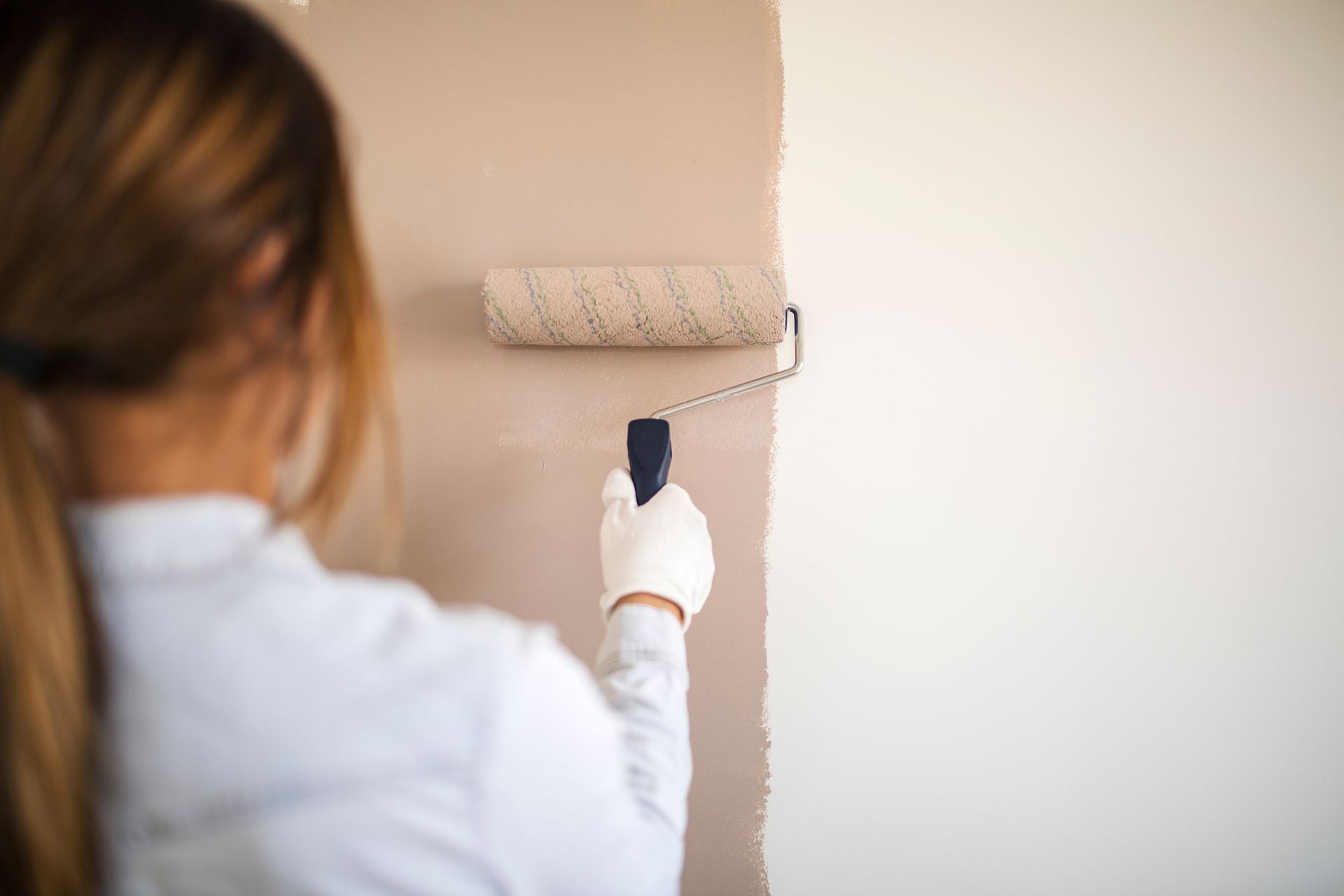After withstanding the harsh impact of winter, your home will likely need a colorful facelift. Springtime serves as a renewed motivation for home improvement projects, and for many homeowners, a fresh coat of paint is a quintessential chore on the checklist. The big question is, how early can you start your exterior painting project this spring? Before you search for a "house painter near me" online, let's dive into the factors that determine a suitable time to start painting your home's exterior.
Understanding the Ideal Conditions for Exterior House Painting in Spring
The success of an exterior painting project hinges on factors such as temperature, humidity, and future weather predictions. The crisp air of spring provides an excellent window of opportunity for your painting endeavors. However, jumping into the project too hastily can lead to paint maladies like blistering and improper adhesion.
Temperature - The Critical Gauge
Temperature plays a pivotal role in paint application. Most exterior paints require a minimum temperature of around 50 to 60 degrees Fahrenheit for adequate drying and curing. Furthermore, the ideal daytime temperature should be consistent for a few days to ensure the paint doesn't freeze overnight before setting. In the Northeast, this can typically be expected in late April to early May.
Humidity - The Hidden Hazard
High humidity levels can interfere with the paint's ability to dry evenly, potentially leading to a streaky and unpleasant finish. Aim for humidity levels below 90% for the best painting environment.
Forecast Analysis - Future Proofing Your Paint Job
Prior to starting your project, consult your local meteorologist for a reliable forecast. A week of clear skies and mild temperatures is the golden ticket for a perfect paint job. Watch for sneaky weather patterns that bring unexpected rain or cold snaps.
Choosing the Right Exterior Home Painter

In your pursuit of perfection, the expertise of an exterior painter could be the difference between longevity and a short lifespan for your paint.
Expertise You Can Trust
Not all painting services are created equal. Look for professionals with a track record of high-quality work, particularly in local areas like Springfield, East Longmeadow, and Suffield, where many high quality companies have a long standing of excellence.
Reputation and References
Do your homework. A reputable painter will have a portfolio of past projects and glowing client testimonials. Don't hesitate to ask for references or even visit some previous job sites to see their work firsthand.
Cost Versus Quality
While it's tempting to favor the lowest bid, remember that high-quality paint and labor come with a price. Be wary of exceptionally low quotes, and instead aim to strike a balance between affordability and excellence.
Caring for Your Newly Painted Exterior

A freshly painted home deserves the best care to ensure it looks spectacular for years to come.
Post-Paint Maintenance Tips
Protect your investment with some straightforward post-painting guidance. Avoid washing your home with harsh chemicals, and be gentle when removing dirt to prevent premature wear on the paint. Regular inspections for damage or wear can help you catch and address issues before they become extensive.
Longevity Factors
Factors like the type of paint used, the skill of the application, and the quality of surface preparation all contribute to the longevity of your paint job. By investing in the best materials and labor, you're not just refreshing your home for spring. You're setting the stage for a welcoming exterior that can endure the seasons.
FAQ
What is the lowest temperature recommended for painting the exterior of my house?
The lowest temperature recommended for painting the exterior of a house typically depends on the type of paint being used. Here are some general guidelines:
Latex Paint: It's best applied when temperatures are between 50°F and 85°F (10°C to 29°C). Some modern latex paints can be applied in temperatures as low as 35°F (about 2°C), but always check the paint can for specific manufacturer recommendations.
Oil-Based Paint: This type of paint usually requires slightly warmer conditions, typically at least 40°F (4°C) and ideally in a range between 40°F to 90°F (4°C to 32°C).
For the best results, avoid painting in extreme temperatures and always check the specific manufacturer’s recommendations on the paint can. Additionally, consider the temperature might drop below the minimum overnight, as this could affect how the paint dries and adheres to the surface.
Is it possible to paint in colder temperatures if I use a specific type of paint or additive?
There are paints available that offer a lower application temperature, but it is generally recommended to avoid such situations if possible, as they can lead to issues with the paint's final appearance and longevity.
How long does a typical exterior paint job last?
With proper preparation, high-quality paint, and favorable weather conditions at the time of application, an exterior paint job can last anywhere from five to ten years.
Can I paint in high winds?
High winds can cause the paint to dry too quickly, potentially leading to a multitude of issues such as brush marks and uneven drying. It's best to paint on calm days if possible.
What are the best colors for an exterior paint job in the New England region?
Neutrals, like gray, beige, and tan, are popular choices as they complement the area's natural scenery and fit in well with New England's traditional architecture.
Spring into a Fresh Coat of Paint
Looking for local painters in Western MA? Pioneer Painters can help you achieve spring painting perfection for your home's exterior. With over a decade of paint application expertise and a commitment to excellence, you can trust us to bring out the best in your home's facade. Contact us today to schedule a consultation and get started on transforming your home for spring! Call today at (413) 798-4088 or request a quote online.
Recent Blogs





